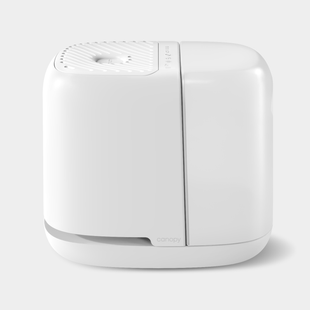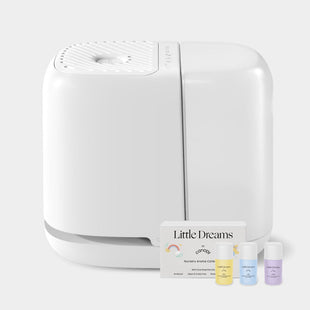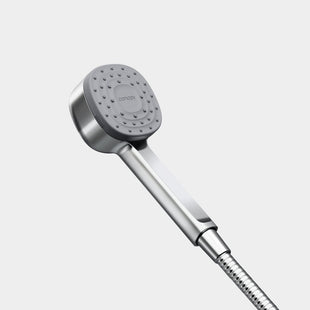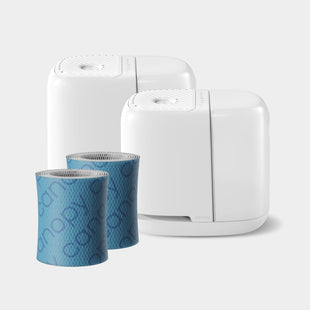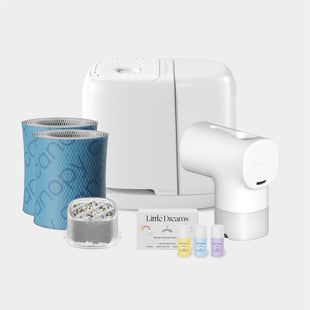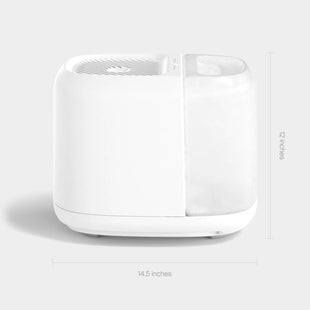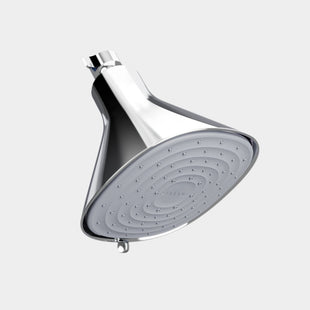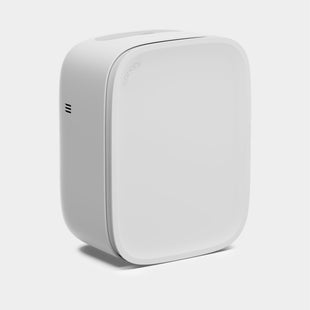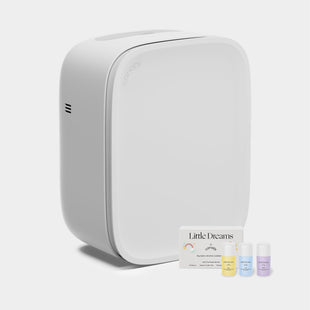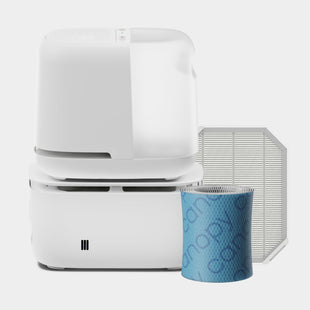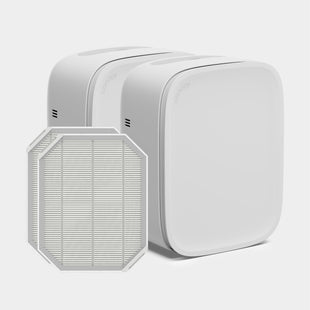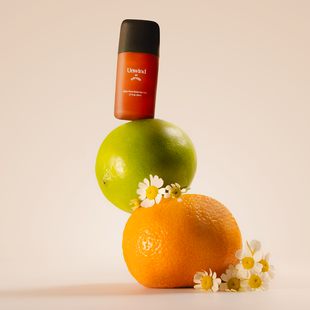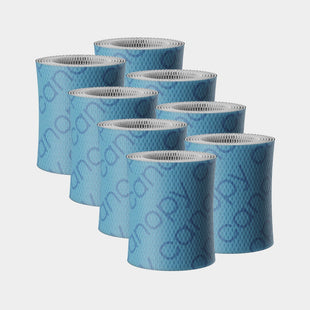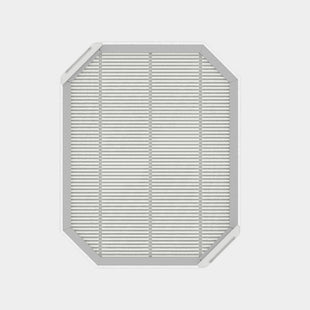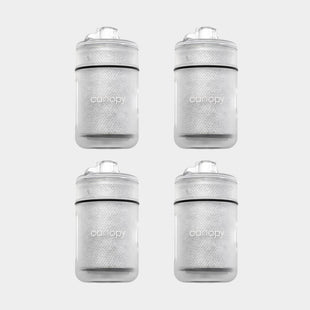All kinds of environmental factors contribute to whether you fall asleep quickly or toss and turn in your bed at night. Abrupt background sounds—such as car alarms, barking dogs, or a snoring significant other—can have an adverse effect on your sleep-wake cycle. These same disruptions can also make it harder to focus during the day. What’s the solution? You might be surprised to learn that certain types of noise can prompt slumber at bedtime and help you concentrate during daylight hours.
What Does Color Have to Do with Noise?
Different colors are assigned to different frequencies of noise. These sounds are distinguished from one another by spectral density, or how power is dispersed in the frequency spectrum. The colors of noise include white, brown (also called red), pink, gray, violet, green, blue, and black.
Brown Noise vs. White Noise

Think of white noise as the static-like sound you hear when your TV is on the fritz, a fan spins, or a radiator kicks on and makes that familiar humming sound. It’s a combination of all the sound frequencies you can hear in equal intensity. Because white noise includes all frequencies in a uniform fashion, it can often drown out unpleasant, sharp sounds that keep you up at night—in fact, many people find white noise to be very pleasant to the ear. Is it the best noise for sleep? Well, a recent study has shown that 38% of adults fell asleep faster when exposed to white noise.
When compared to white noise, brown noise has more energy at lower frequencies. To the human ear, brown noise sounds like a deeper version of white noise. It’s the low bass sound of heavy rainfall, the rumble of thunder, and the ebbing of waves in a river or ocean.
Because brown noise doesn’t include the high-frequency sounds of white noise, it can aid relaxation and help lead to a better night’s sleep. The deeper tones can also mask distracting ambient sounds, which might make it easier to concentrate on tasks during the day.
Pink Noise vs. White Noise
Similar to white noise, pink noise also includes all sound frequencies. However, the sound signal energy is not distributed equally across the frequencies. The intensity of the sound signal builds at lower frequencies and decreases at higher frequencies.
There are numerous examples of pink noise in the natural environment, such as the steady sound of light or medium rainfall, the peaceful whistle of the wind, and the soft swoosh of rustling leaves.
When you want to go to sleep, listening to pink noise helps slow the electric signals your brain produces. The slowing of these signals, or waves, can help you fall asleep and achieve deeper sleep. It’s during deep sleep that your brain sorts and retains memories. Quality deep sleep helps your brain strengthen its learning abilities, decision-making skills, and emotional regulation.
If your sleep quality is a concern, Canopy has you covered. In addition to keeping skin hydrated, our state-of-the-art humidifier contains a fan that produces a gentle noise that can help you fall asleep. Similarly, our diffuser fills the air with soothing, calming aromas and creates a soft hum that can help you drift off at night.

